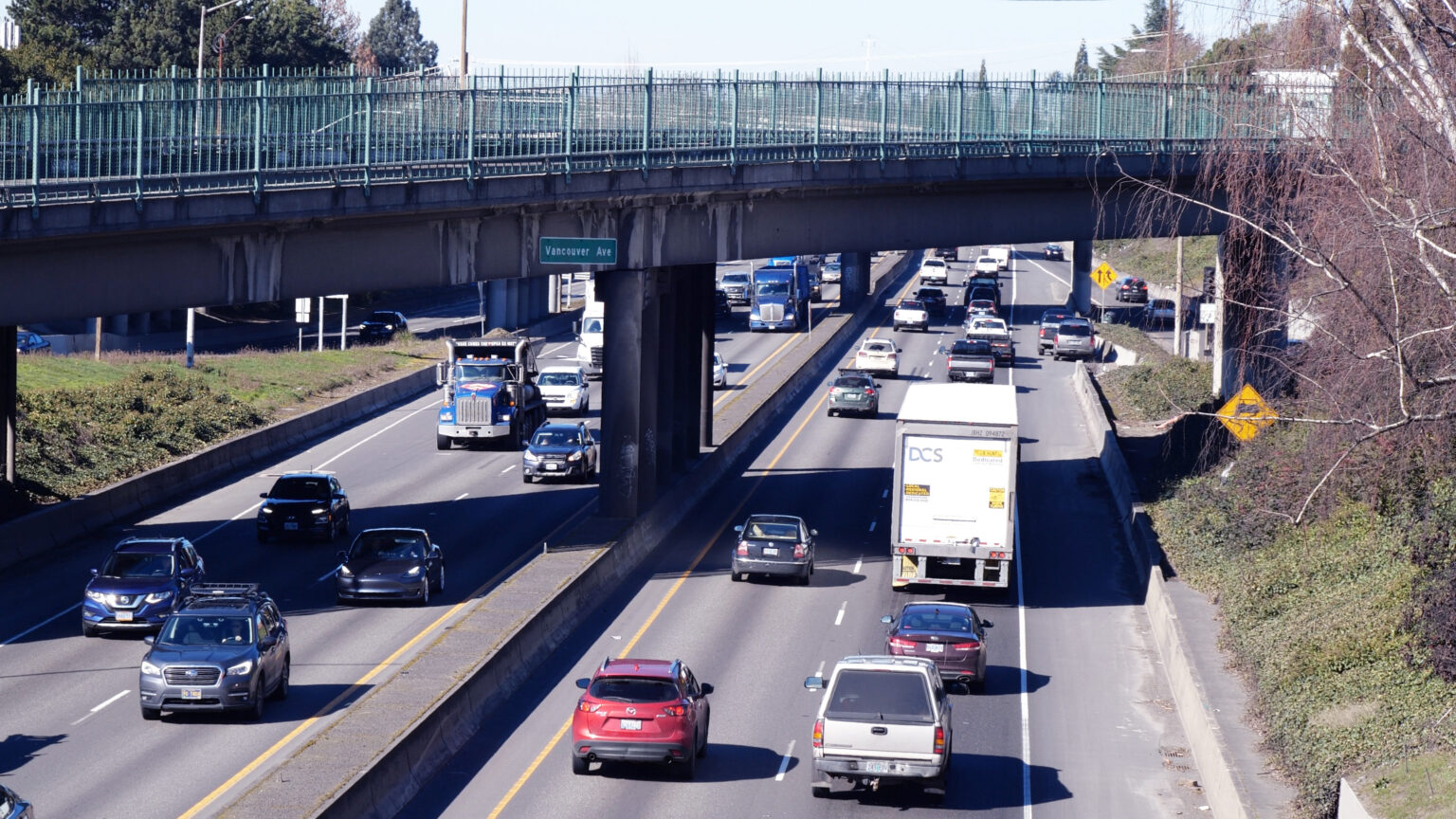Taming the soil all around the globe
Published 6:00 am Sunday, September 3, 2023

- 20230704_county41059_trd.png
PENDLETON — “Soil is the basis for all life,” Sam Agyin-Birikorang said.
Agyin-Birikorang, research leader and agronomist for the U.S. Department of Agriculture, is wrapping up his first year at the Columbia Basin Agricultural Research Center near Adams.
Trending
In the early morning, that is when Agyin-Birikorang engages in his research — micronutrients and soil acidity — but then as the day progresses, he transitions into his administrative role.
Before moving to Oregon, Agyin-Birikorang worked for the International Fertilizer Development Center. That’s a global entity, but he was stationed in Alabama. For eight months each year, he traveled and worked out of the country and all around the globe, but primarily in Africa and southern Asia. He did this for 12 years.
But upon realizing that he needed to change things up, Agyin-Birikorang started applying for new jobs and that brought him to Pendleton — an area that reminds him of parts of Africa in a lot of ways.
Agyin-Birikorang is originally from Ghana, and he became interested in agriculture because “My grandfather and father were both farmers,” he said, “so I have always been around agriculture.”
Within the field of agriculture though, Agyin-Birikorang focuses on soil. He emphasized that he truly believes soil is the foundation for all life, and in agriculture, the science of soil is what determines the quantity and quality of crop production more than anything else.
“My intention is to help farmers be more efficient and make profits,” Agyin-Birikorang said.
Trending
Creating his own laboratory
Despite being here for about a year, Agyin-Birikorang should finally be getting his own lab. He is just waiting on some equipment. He has been having to share with the chemistry lab due to the limited space at the Research Center, but he will soon have a brand new work environment.
Agyin-Birikorang, working together with Rachel Chambers — a technician at the Research Center — is currently researching micronutrients and soil acidity.
Micronutrients often get neglected, he said. Macronutrients like nitrogen, potassium and phosphorus often get the attention simply because they are required in higher quantities, but that doesn’t necessarily mean they are more important. All soil nutrients are vital, he said.
Agyin-Birikorang helps to shed light on secondary elements such as calcium, sulfur and magnesium and then also micronutrients, such as zinc, boron, chlorine and sodium. All of these appear or should appear in small amounts in soil, but that doesn’t mean they are any less important than the larger, more abundant macronutrients.
Agyin-Birikorang uses a water bottle as an analogy.
“Imagine there is a hole in a bottle,” Agyin-Birikorang said. “You can only fill and maintain the water level up until the point where the hole is,” meaning you cannot keep the bottle full. Forgetting about or ignoring a micronutrient is like having a hole in a water bottle. And so as a result, crop yield cannot reach its full potential.
“Crop yield is determined by what is not there, not what is there,” Agyin-Birikorang said. “So what I do is like what a doctor does. A doctor takes a blood sample to find out what is going on with a person. I take soil samples to figure out what is going on with the land.”
After taking and analyzing soil samples, Agyin-Birikorang can then provide advice to farmers on how to improve and produce more crops by working to get the right amounts of macronutrients, secondary elements and micronutrients in their soil.
“I am always looking for something that is not going well and for something that is going extremely well because that is where I want to test the soil,” Agyin-Birikorang said. “Always looking for extremes.”
He compares and contrasts the soils in each area to figure out what is going well and what is going wrong.
Agyin-Birikorang, for the most part, concerns himself with approximately the top 12 inches of soil. He examines not just nutrient levels but also soil acidity — the accumulation of salt over thousands of years. It can take years to remedy acidity issues.
“There becomes a point when it is too late,” Agyin-Birikorang said. He is currently looking into more effective and efficient ways to neutralize and reduce the acidity of soil, and he acknowledged doing so in a drier area does make it more of a challenge. It is typically easier to desalinate soil in a region that has more water than Northeastern Oregon.
Dry, but not a drought
Reflecting on the current water situation in the region, Agyin-Birikorang referred to Dave Robertson, hydrologic technician. Based upon the weather station at the Research Center, it has been a very dry spring.
“It has been the first or second driest period from January through May in 94 years,” Robertson said, “but having cooler temperatures in the spring compared to recent years has helped a lot.”
Robertson did share that we are not currently in a drought, though.
“It has been abnormally dry, but not a drought,” he said. He explained that high rainfall from last year has carried over to this year, which, again, has helped a lot.
Moving forward, Agyin-Birikorang said, “It’s about the end results, and I am passionate about bringing smiles to farmers’ faces. It is rewarding.”
But Agyin-Birikorang also said that the most important aspect of his job is building relationships with farmers — trust. “Trust is the most important,” he said.
And then Agyin-Birikorang went on to emphasize that “farmers are often taken for granted” and that if our farmers are not successful, then no one can be successful.
“My intention is to help farmers be more efficient and make profits.”
— Agyin-Birikorang, Columbia Basin Agricultural Research Center near Adams









